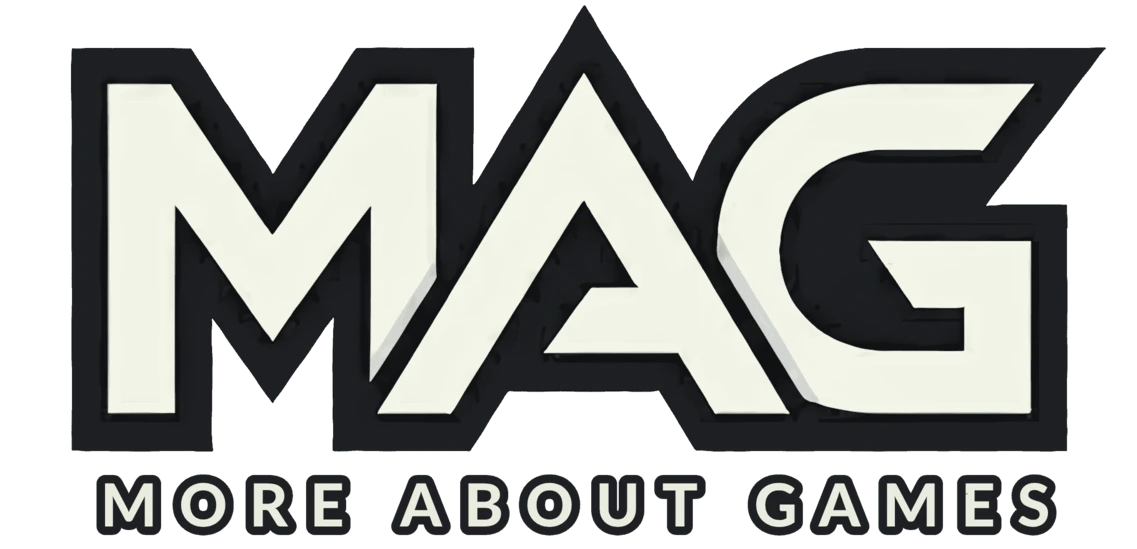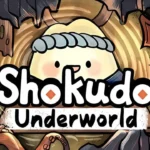The Indie Game Market Landscape
The indie game industry has experienced significant growth over the past decade, becoming a crucial part of the gaming ecosystem. Independent developers, once relegated to the sidelines, now have the opportunity to reach global audiences. This rise in popularity has created a more competitive environment, making effective indie game marketing essential for success. While creating a unique and engaging game is critical, the ability to market it effectively can determine whether a game thrives or fades into obscurity.
Challenges Faced by Indie Developers
Indie developers often operate with limited budgets, small teams, and minimal resources, especially when compared to AAA studios. These constraints make it challenging to compete with well-funded projects that have extensive marketing campaigns. Moreover, the indie game market is saturated, with hundreds of games being released daily. Standing out in such a crowded field requires not just a great game, but also a strategic marketing plan that maximizes visibility and engagement.
Understanding Your Game and Audience
Defining Your Unique Selling Proposition (USP)
Your game’s Unique Selling Proposition (USP) is what sets it apart from the countless others in the market. It’s the distinct feature or experience that makes your game worth playing. Identifying your USP early in the development process is crucial, as it will guide your marketing efforts and help you communicate the value of your game to potential players.
Consider examples like Undertale, which stood out due to its unique narrative and emotional depth, or Cuphead, renowned for its distinctive 1930s cartoon art style. These games succeeded because they had clear USPs that were consistently highlighted in their marketing. As you develop your game, think about what makes it unique—whether it’s the art style, gameplay mechanics, story, or overall experience—and make that the cornerstone of your marketing strategy.
Market Research and Competitor Analysis
Before launching your game, it’s essential to conduct thorough market research to understand your target audience and competitors. Knowing who your potential players are and what they’re looking for will help you tailor your marketing efforts.
- Identify similar games in your genre and analyze their strengths and weaknesses.
- Study the marketing strategies they used and how they engaged with their audience.
- Use tools like Google Trends and SimilarWeb to track keyword popularity and get insights into market demand.
Additionally, social media platforms and forums like Reddit’s r/IndieDev and r/GameDev can provide valuable feedback and trends within the gaming community.
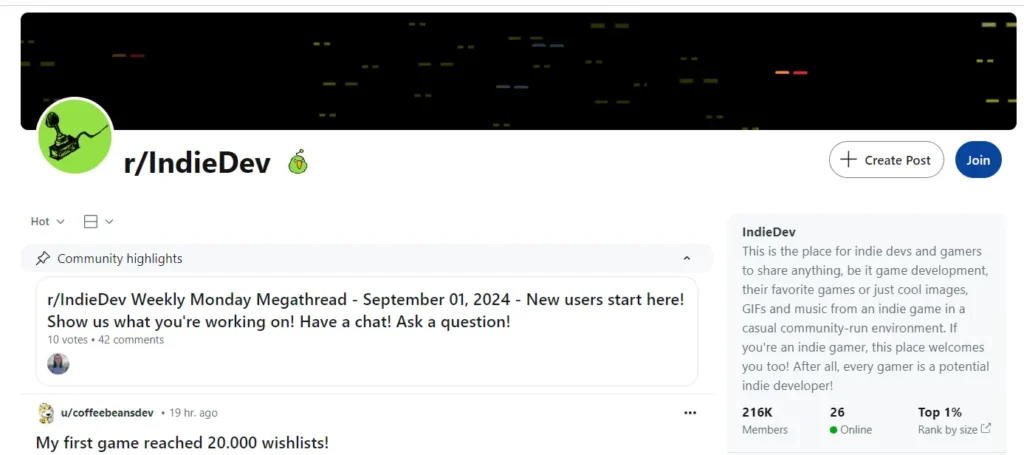
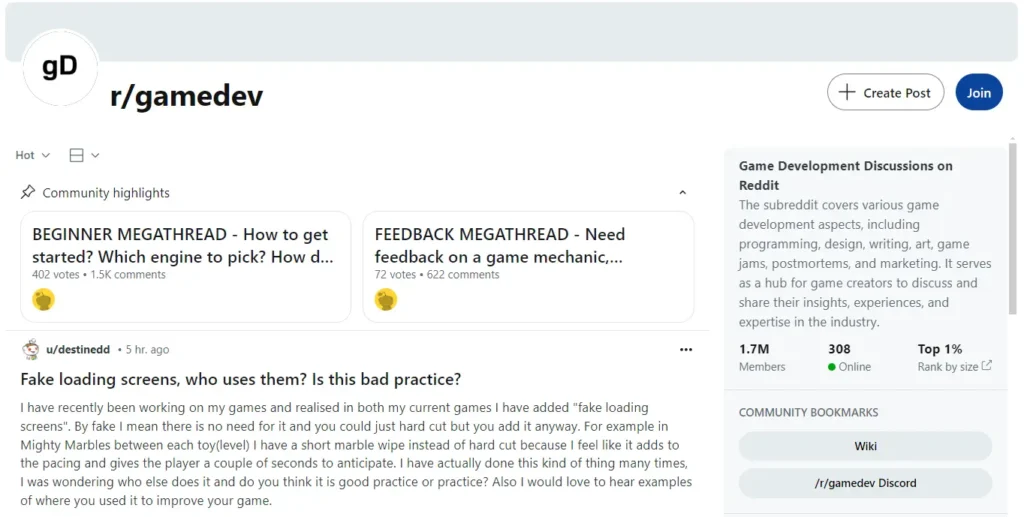
Crafting Your Game’s Elevator Pitch
An elevator pitch is a brief, persuasive description of your game that you can deliver in 30 seconds to two minutes. It’s your chance to capture the interest of potential players, investors, or media in a concise and compelling way. A good elevator pitch should quickly convey the essence of your game, its USP, and why someone should care about it.
For example, the game Spiritfarer was pitched as “a cozy management game about dying,” which immediately intrigued potential players with its unique concept. Your elevator pitch should be similarly impactful, providing a snapshot of what makes your game special. It’s also a valuable tool for networking at industry events and can be used across your marketing materials to maintain a consistent message.
Pre-Launch Marketing Strategies
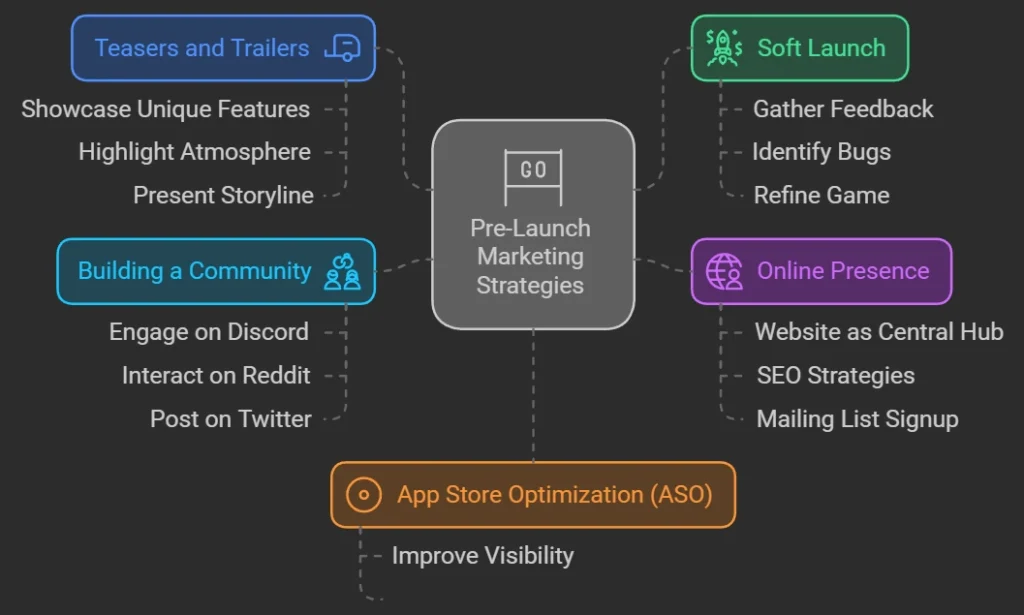
Creating Hype with Teasers and Trailers
Generating excitement before your game’s release is crucial to building momentum. Teasers and trailers are powerful tools for creating anticipation and drawing attention to your project. A well-crafted trailer can showcase your game’s unique features, atmosphere, and storyline in a way that captivates potential players.
When creating a trailer:
- Focus on highlighting the most compelling aspects of your game.
- Keep the trailer concise—ideally under two minutes.
- Use platforms like YouTube, social media, and gaming forums to share the content.
According to Wyzowl‘s 2023 Video Marketing Statistics, 97% of businesses use video as a marketing tool, highlighting the effectiveness of trailers and teasers in game promotion.
Soft Launch Strategies
A soft launch involves releasing your game to a limited audience before the official full launch. This strategy allows you to gather valuable feedback, identify bugs, and refine your game based on real user experiences.
To conduct a successful soft launch:
- Choose a specific region or platform where you can test the game without risking your entire launch strategy.
- Track key performance indicators (KPIs) like player retention, monetization, and user feedback. Use this data to make necessary adjustments before the global release.
App Store Optimization (ASO)
App Store Optimization (ASO) is the process of improving your game’s visibility in app stores like Google Play and Apple’s App Store. With over 50% of apps discovered through search, optimizing your game’s listing is essential for driving organic downloads.
- Choose a name for your game that is unique, memorable, and includes relevant keywords.
- Your game’s description should be clear, concise, and highlight its key features, while also incorporating keywords.
- Ensure your screenshots and videos are high-quality, showcasing gameplay and unique aspects of your game.
Establishing a Strong Online Presence
In today’s digital age, having a strong online presence is non-negotiable. Your game’s website should serve as the central hub for all information about your project, from development updates to release news. A well-designed website can also enhance your game’s credibility and provide potential players with a place to learn more about what makes your game unique.
Essential website features include:
- An “About” section
- A blog for updates
- Media assets (screenshots, videos)
- A contact page
Incorporating SEO (Search Engine Optimization) strategies into your website’s content will help improve its visibility in search engines, driving more organic traffic. Consider adding a mailing list signup form to capture interested visitors and keep them informed about your game’s progress.
Building a Community Early
Engaging with your audience before your game launches can create a dedicated fanbase that will support your project and help spread the word. Platforms like Discord, Reddit, and Twitter are ideal for building a community around your game. These platforms allow you to interact directly with potential players, gather feedback, and create a sense of belonging among your fans.
To build a community:
- Create official channels where fans can discuss your game, share thoughts, and connect with you.
- Regularly participate in discussions, ask for feedback, and provide insights into the development process.
- Offer early access or exclusive content to community members to strengthen their connection to your game.
Post-Launch Marketing Strategies

Social Media Marketing
After your game is launched, social media becomes an essential platform for maintaining visibility and engaging with your audience. Each social media platform offers unique opportunities to promote your game, connect with fans, and attract new players.
- Twitter is ideal for quick updates and interactions.
- Instagram is great for visual content like concept art and screenshots.
- Facebook can be used for more detailed posts and community-building.
Regularly share updates, gameplay tips, and behind-the-scenes content to keep your followers engaged. Additionally, paid advertising on social media platforms can be highly effective. Use tools like Facebook Ads Manager or Twitter Ads to create targeted campaigns that reach users based on their interests, behaviors, and location. By combining organic and paid strategies, you can maximize your game’s reach post-launch.
Influencer Marketing and Reviews
Influencer marketing is a powerful tool for indie game promotion. Collaborating with YouTubers, Twitch streamers, and bloggers who have a following in the gaming community can significantly boost your game’s visibility. Influencers can introduce your game to a large audience, provide authentic reviews, and generate buzz that might be difficult to achieve through traditional advertising.
Steps for effective influencer marketing:
- Identify influencers who align with your game’s genre and style.
- Reach out with a personalized message explaining why your game would be a good fit for their audience.
- Offer them a free copy of your game and suggest content ideas, such as a Let’s Play series or a live stream event.
In addition to influencer partnerships, securing reviews from gaming websites and blogs is crucial. A well-timed review from a reputable source can drive traffic to your game’s store page and increase sales. Ensure your game is polished and free of major bugs before reaching out to reviewers for the best possible feedback.
Getting Press and Media Coverage
Press and media coverage can significantly enhance your game’s credibility and reach. However, with so many indie games vying for attention, securing coverage can be challenging. The key to successful media outreach is crafting a compelling press kit and building relationships with journalists and bloggers in the gaming industry.
Your press kit should include:
- A concise game description
- High-quality screenshots and a gameplay trailer
- Key features and information about the development team
When reaching out to the media, personalize your pitch to each recipient, highlighting what makes your game newsworthy. Follow up politely if you don’t receive a response, but avoid being too persistent. Building long-term relationships with the press can lead to more opportunities for coverage in the future.
The Power of Word of Mouth
Word of mouth remains one of the most effective forms of marketing, especially in the gaming community. Gamers often rely on recommendations from friends, family, and fellow players when deciding which games to try. By fostering a strong community and delivering a great gaming experience, you can encourage your players to spread the word about your game.
Tips for fostering word-of-mouth promotion:
- Create shareable content such as game highlights or funny moments that players can easily post on social media.
- Implement referral programs or in-game rewards for players who invite friends to join the game.
The more positive buzz you generate, the more likely your game will attract new players organically.
Participating in Gaming Events and Expos
Gaming events and expos provide valuable opportunities for indie developers to showcase their games, network with industry professionals, and connect with potential players. Whether it’s a major event like PAX or a smaller indie-focused expo, attending these events can give your game the exposure it needs to succeed.
When participating in an event:
- Prepare a booth that captures the essence of your game.
- Offer hands-on demos and distribute promotional materials.
- Engage with attendees to leave a lasting impression.
If you can’t attend in person, consider participating in virtual events or online showcases, which have become increasingly popular in recent years. In addition to showcasing your game, use these events to network with other developers, indie development studios, publishers, and influencers. Building these connections can open doors to new opportunities, such as collaborations, partnerships, or additional media coverage.
Monetization and Distribution
Choosing the Right Distribution Platforms
One of the most important decisions you’ll make as an indie developer is choosing where to distribute your game. The right platform can significantly impact your game’s visibility, sales, and overall success.
Popular distribution platforms include:
- Steam: The largest platform for PC games with a massive user base. Steam’s discovery algorithms and community features can give your game significant exposure, but competition is intense.
- Epic Games Store: Offers a better revenue split for developers (88/12 in favor of developers), but has a smaller user base compared to Steam. It’s a good option if you’re seeking higher returns per sale.
- itch.io: A platform beloved by indie developers for its flexibility and community-driven approach. itch.io allows developers to set their own pricing model and is great for experimental or niche games. However, it lacks the mainstream audience reach of Steam or Epic.
- GOG (Good Old Games): GOG focuses on DRM-free (Digital Rights Management-free) games, making it a great platform for developers who value giving players full control over their purchased content. GOG is also well-regarded for its support of indie developers and its fair revenue-sharing model (70/30).
- Humble Bundle: Known for offering bundles of games at discounted prices, Humble Bundle gives developers the opportunity to package their games in curated sales with other indie titles. It’s also a good platform for developers wanting to support charitable causes, as part of the proceeds often go to charity.
- Kongregate: Specializing in web-based and free-to-play games, Kongregate is an excellent platform for smaller or browser-based indie games. The platform also offers monetization through in-game purchases and ad revenue.
- Apple App Store: If you’re targeting mobile gamers, the Apple App Store is a must. With its global reach and a vast user base, it’s a great platform for mobile-first or cross-platform indie games. App Store Optimization (ASO) is crucial for success here, ensuring your game ranks well in search results.
- Console-specific stores like PlayStation Store, Xbox Live, and Nintendo eShop
When choosing a platform, consider factors such as:
- Revenue share
- Audience demographics
- Ease of use
- Community support
Launching on multiple platforms may maximize your reach but requires additional resources. Align your distribution strategy with your game’s target audience and long-term goals as a developer.
Launching on multiple platforms may maximize your reach but requires additional resources. Align your distribution strategy with your game’s target audience and long-term goals as a developer.
Effective Pricing Strategies
Setting the right price for your game is a delicate balance. Price it too high, and you might deter potential buyers; price it too low, and you risk undervaluing your work.
Consider the following when setting your price:
- Research similar games in your genre to understand typical pricing.
- Factor in the length of gameplay, replayability, and production quality.
- Discounts and sales events can be powerful tools for boosting sales, especially post-launch.
A well-timed discount, coupled with a strong marketing push, can reignite interest in your game and lead to a significant increase in sales.
Monetization Models
Choosing the right monetization model for your game depends on its design, target audience, and long-term goals. Common models include:
- Paid Game: Players pay upfront to purchase the game. This is straightforward and works well for games that offer a complete experience.
- Freemium: The game is free to download, but players can make in-app purchases. This model works well for games designed to keep players engaged over time.
- In-Game Purchases: This model can be integrated with both paid and freemium games, offering players the option to buy in-game currency, items, or expansions.
Each monetization model has its advantages and challenges, so choose one that aligns with your game’s design and provides value to your players.
Long-Term Engagement and Growth
Building Trust and Engagement with Your Audience
Maintaining a strong relationship with your audience is essential for long-term success. Trust is built through consistent communication, transparency, and delivering on your promises.
To build trust:
- Continue to engage with your community post-launch by providing regular updates.
- Share insights into the development process and future roadmaps.
- Address player feedback and concerns to foster a sense of involvement and loyalty.
Additionally, creating content like developer diaries, Q&A sessions, and community spotlights can keep your audience engaged and invested in your game.
Leveraging Analytics for Continuous Improvement
Data analytics is a powerful tool for understanding how players interact with your game and where improvements can be made. Track key performance indicators (KPIs) like:
- Player retention
- Session length
- In-game purchases
Use tools like Google Analytics, Unity Analytics, or Steamworks Stats to gather insights into player behavior. This data can guide your decisions for future updates, downloadable content (DLC), or even your next game project.
Future-Proofing Your Brand
As you build your brand as an indie developer, think beyond your current project. Establishing a strong brand identity can help carry your success from one game to the next.
To future-proof your brand:
- Develope a loyal fanbase by engaging them with sneak peeks, early access opportunities, and regular updates.
- Expand your brand through merchandise, collaborations, or even creating a series of games set in the same universe.
- Diversify your brand to open up new revenue streams and ensure that your studio remains relevant in the gaming industry.
Final Thoughts
As an indie developer, you have the opportunity to bring unique, creative games to life. Effective marketing is the bridge that connects your vision with the players who will appreciate and enjoy your game. By following the strategies outlined in this guide, you can navigate the complexities of game marketing and increase your chances of success.
Remember:
- Marketing is not a one-time effort but an ongoing process.
- Stay adaptable, keep learning from your experiences, and continue to refine your strategies.
- With dedication and the right approach, your indie game can find its place in the market and in the hearts of players worldwide.
FAQs
How can I market an indie game on a limited budget?
Focus on cost-effective strategies like building a community through social media, influencer marketing, and optimizing your App Store presence. Word-of-mouth marketing is also crucial for boosting visibility.
How do I get media coverage for my indie game?
Create a press kit with key game details and visuals. Reach out to relevant journalists and personalize your pitch to highlight what makes your game unique.
How should I price my indie game?
Research similar games, consider gameplay length and production quality, and set a price that reflects your game’s value. Offering discounts post-launch can attract more buyers.
What are the best platforms to distribute an indie game?
Popular platforms include Steam, Epic Games Store, itch.io, and console-specific stores. Choose platforms based on your game’s audience and the features of each platform.
Why is community building important for an indie game?
A strong community can create buzz, provide feedback, and support long-term success. Engaging with players on platforms like Discord and Reddit can foster valuable connections.
